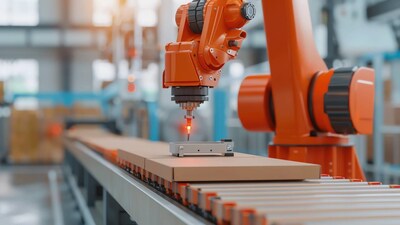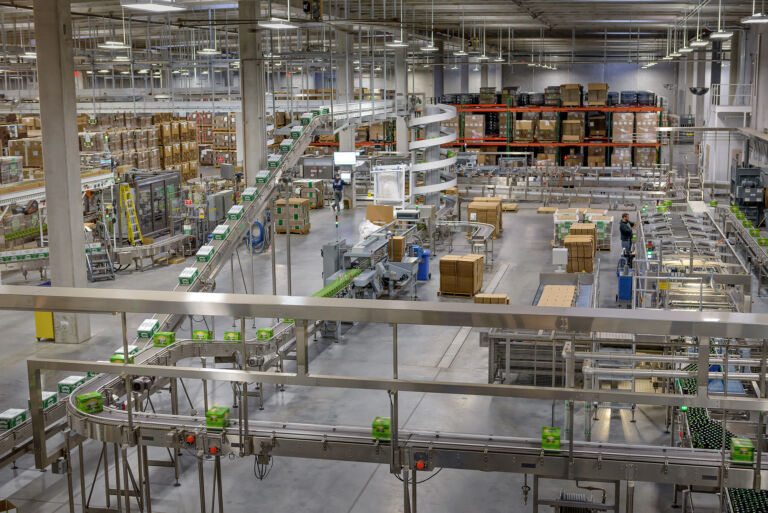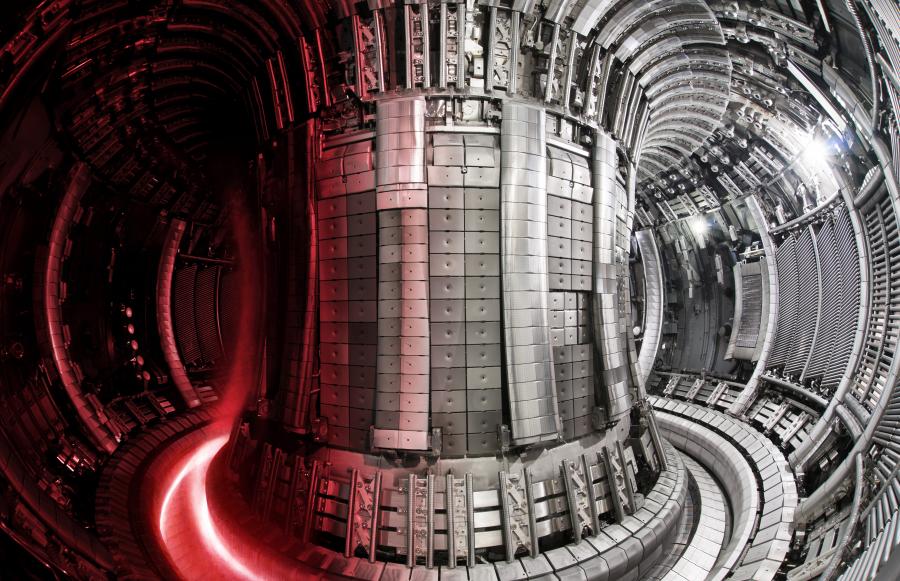Sky-High Innovation: How 3D Printing is Revolutionizing Aerospace Engineering
Manufacturing
2025-04-14 16:25:30Content
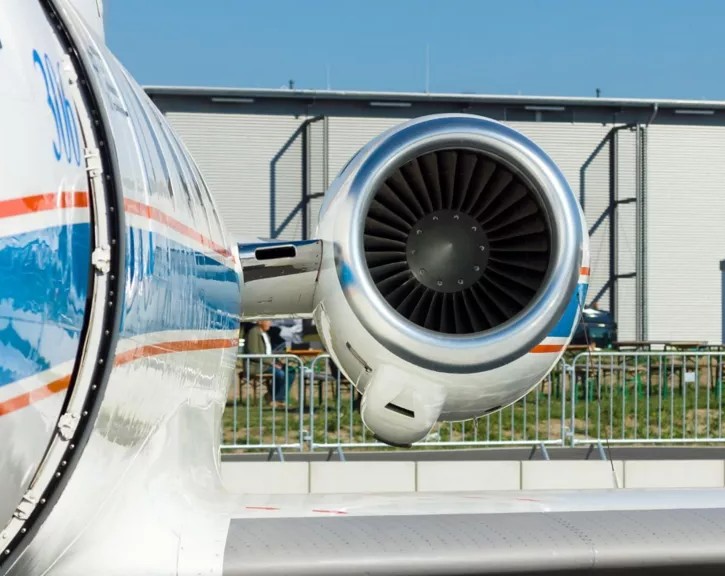
3D Printing: Revolutionizing Aerospace Technology from the Ground Up
The aerospace industry is experiencing a transformative revolution, with 3D printing emerging as a game-changing technology that's reshaping how we design, manufacture, and innovate aircraft and spacecraft components. From intricate fuel nozzles to cutting-edge drones, additive manufacturing is proving to be far more than just a passing trend.
Fuel nozzles represent one of the most compelling success stories in aerospace 3D printing. Traditional manufacturing methods required multiple parts to be welded together, creating potential weak points and increasing production complexity. Now, advanced 3D printing techniques allow engineers to create these critical components as single, seamless pieces. This approach not only reduces weight but also dramatically improves durability and performance.
Unmanned aerial vehicles (UAVs) and drones are another arena where 3D printing is making significant strides. Manufacturers can now rapidly prototype and produce lightweight, complex drone designs with unprecedented speed and precision. The ability to create intricate geometries that would be impossible with conventional manufacturing methods is opening up new frontiers in drone technology.
Beyond fuel nozzles and drones, aerospace engineers are leveraging 3D printing for everything from lightweight structural components to sophisticated engine parts. The technology enables unprecedented design freedom, allowing for optimized structures that reduce weight, enhance aerodynamics, and improve overall aircraft efficiency.
As 3D printing technologies continue to advance, we're witnessing a fundamental transformation in aerospace manufacturing. What was once considered impossible is now becoming routine, promising a future where innovation knows no bounds.
Revolutionizing Aerospace: How 3D Printing is Transforming Advanced Manufacturing
In the rapidly evolving landscape of aerospace technology, 3D printing has emerged as a game-changing innovation that is reshaping how engineers and manufacturers approach design, production, and performance optimization. This transformative technology is not just a passing trend, but a fundamental shift that promises to redefine the boundaries of what's possible in aerospace engineering.Unleashing Unprecedented Innovation in Aerospace Manufacturing
The Precision Engineering Revolution
Advanced 3D printing technologies are pushing the boundaries of precision manufacturing in aerospace applications. Traditional manufacturing methods often struggle with complex geometries and intricate designs, but additive manufacturing breaks through these limitations. Engineers can now create fuel nozzles with unprecedented internal complexity, reducing weight while maintaining structural integrity and performance. The computational design capabilities of modern 3D printing allow for intricate internal structures that were previously impossible to manufacture. Aerospace components can now be optimized at a microscopic level, with lattice structures that provide maximum strength with minimal material usage. This approach represents a paradigm shift in how engineers conceptualize and create aerospace components.Drone Technology Transformation
Unmanned aerial vehicles (UAVs) are experiencing a radical transformation through 3D printing technologies. Manufacturers can now produce lightweight, highly customized drone frames with integrated sensor mounts and aerodynamic features that would be prohibitively expensive or impossible using traditional manufacturing methods. The ability to rapidly prototype and iterate drone designs has accelerated innovation in the field. Engineers can now test multiple design configurations quickly and cost-effectively, dramatically reducing the time from concept to functional prototype. This flexibility is particularly crucial in military, scientific, and commercial drone applications where specialized performance requirements demand unique design solutions.Material Innovation and Performance Optimization
3D printing is not just about shape and design; it's revolutionizing material science in aerospace. Advanced composite materials and metal alloys can now be precisely deposited, creating components with extraordinary performance characteristics. Aerospace engineers can now develop parts with tailored mechanical properties, integrating multiple material characteristics within a single component. The technology enables the creation of lightweight yet incredibly strong components that can withstand extreme environmental conditions. From turbine blades to structural aircraft elements, 3D printing allows for unprecedented material optimization, reducing overall aircraft weight and improving fuel efficiency.Economic and Environmental Implications
Beyond technical capabilities, 3D printing represents a significant economic and environmental breakthrough in aerospace manufacturing. Traditional subtractive manufacturing methods generate substantial material waste, whereas additive manufacturing uses only the exact amount of material required for a component. This approach not only reduces material costs but also minimizes the environmental footprint of aerospace manufacturing. Companies can now produce complex parts with minimal waste, contributing to more sustainable production processes. The ability to create replacement parts on-demand also reduces inventory costs and improves supply chain efficiency.Future Horizons of Aerospace Manufacturing
As 3D printing technologies continue to advance, the potential applications seem boundless. From spacecraft components to next-generation commercial aircraft, the technology is poised to redefine how we approach aerospace engineering. Machine learning and artificial intelligence are increasingly being integrated with 3D printing processes, promising even more sophisticated design and manufacturing capabilities. The convergence of computational design, advanced materials, and precise additive manufacturing is creating a new era of aerospace innovation. Engineers and manufacturers are no longer constrained by traditional manufacturing limitations, opening up exciting possibilities for future aerospace technologies.RELATED NEWS
Manufacturing

Driving Innovation: Michigan Campus Secures $1.6M Boost for EV Manufacturing Revolution
2025-03-16 12:00:00
Manufacturing
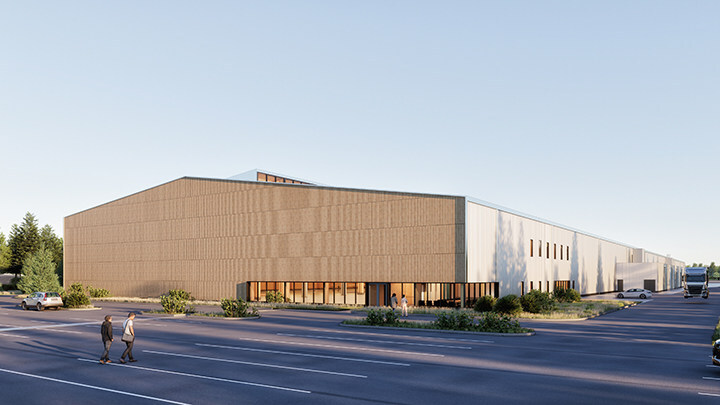
Timber Revolution: Oregon Set to Unveil Massive Cross-Laminated Manufacturing Hub
2025-03-11 14:00:00
Manufacturing
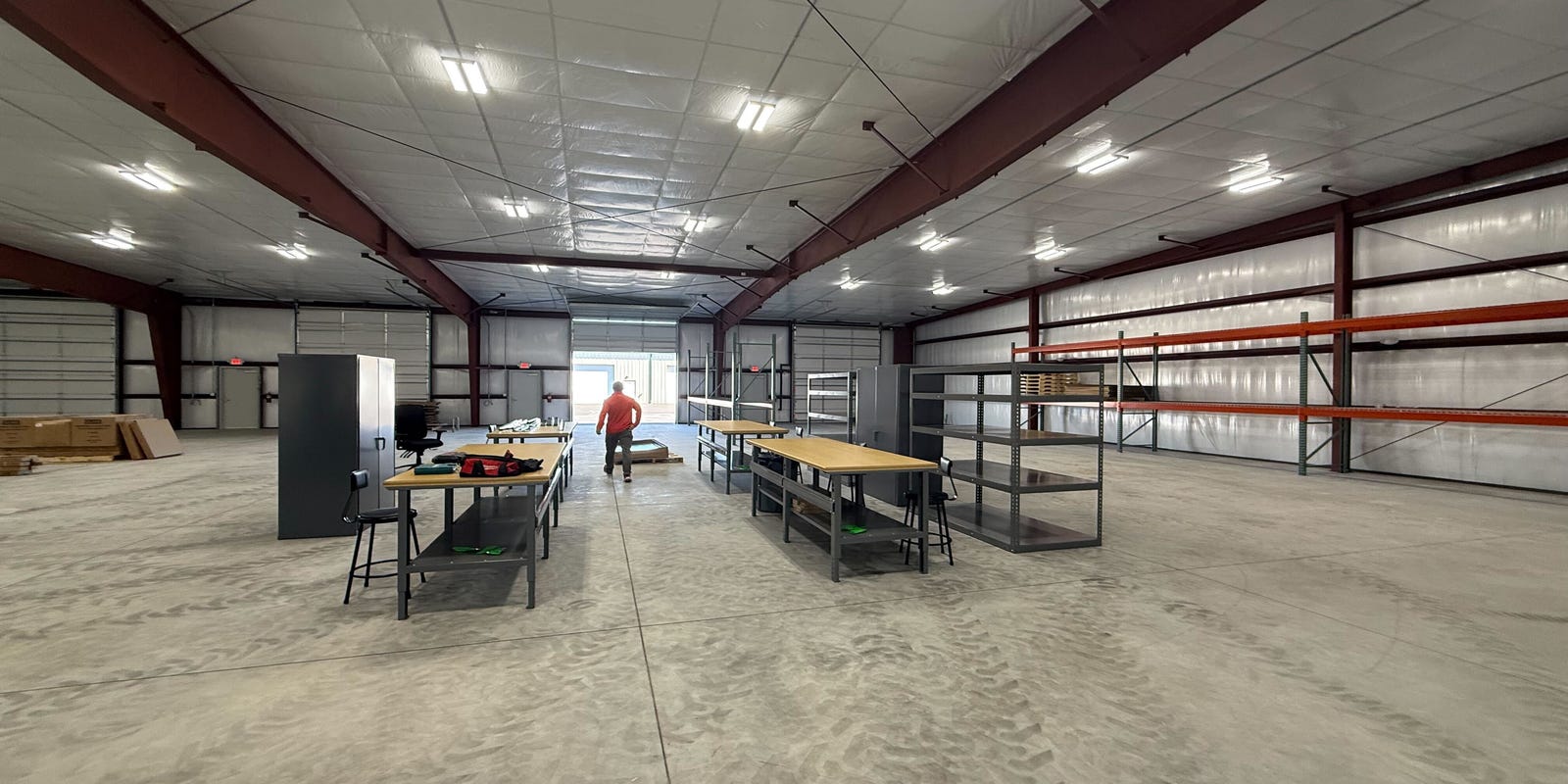
Tech Giant Accelerates Wilmington Expansion: Surprise Factory Launch Ahead of Schedule
2025-02-26 10:06:37

